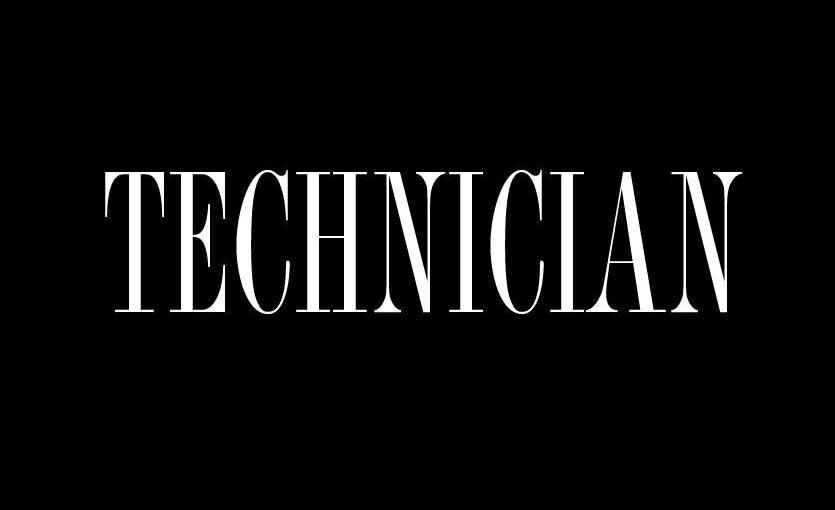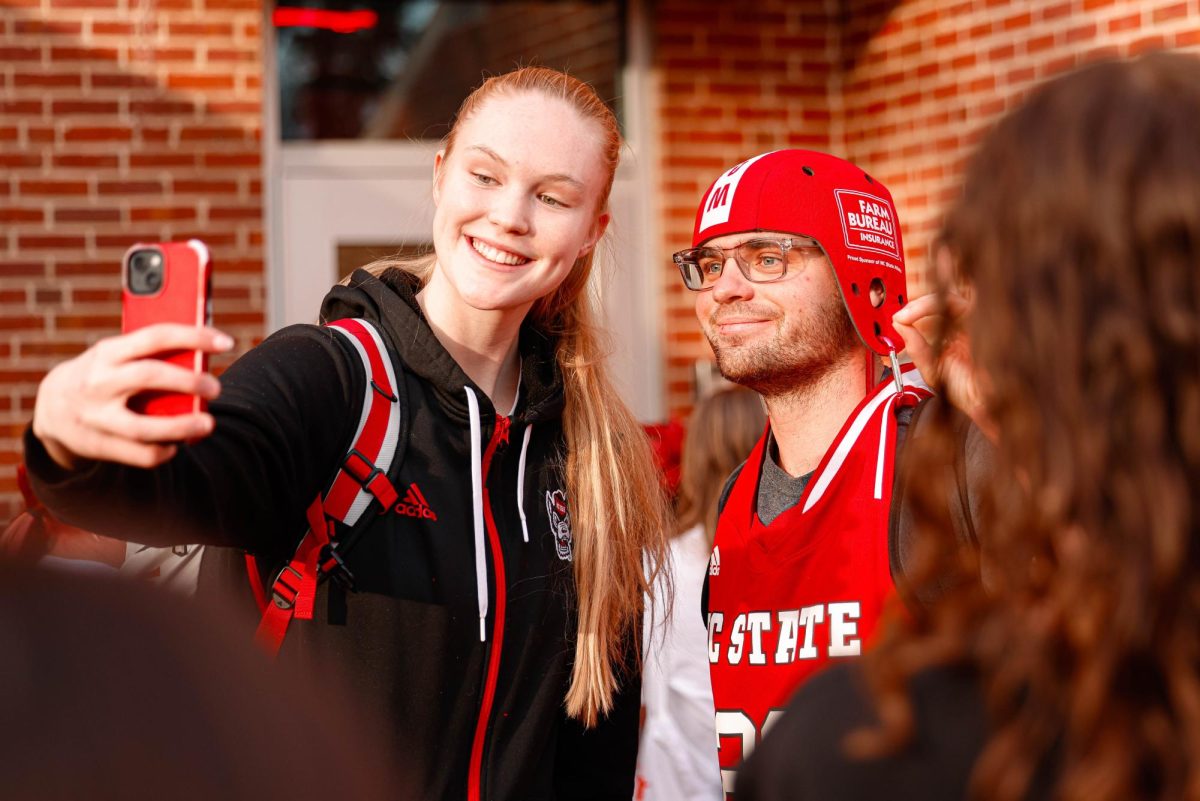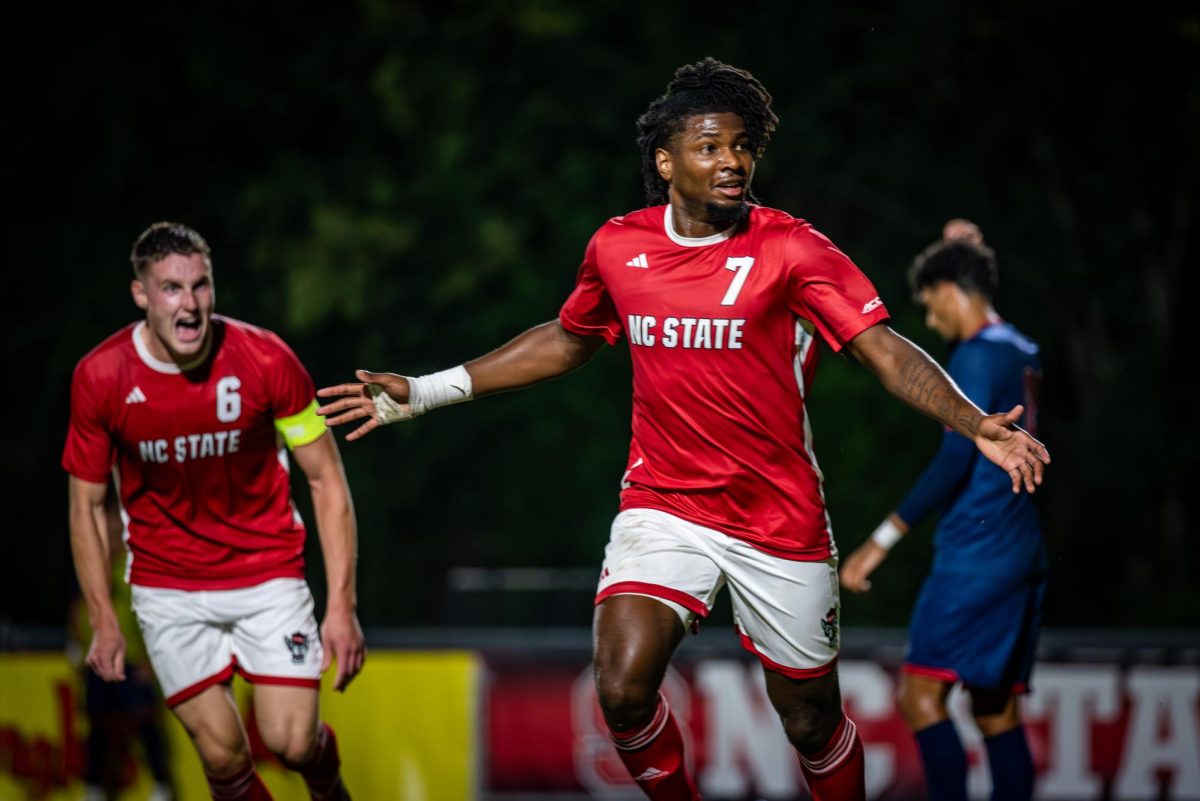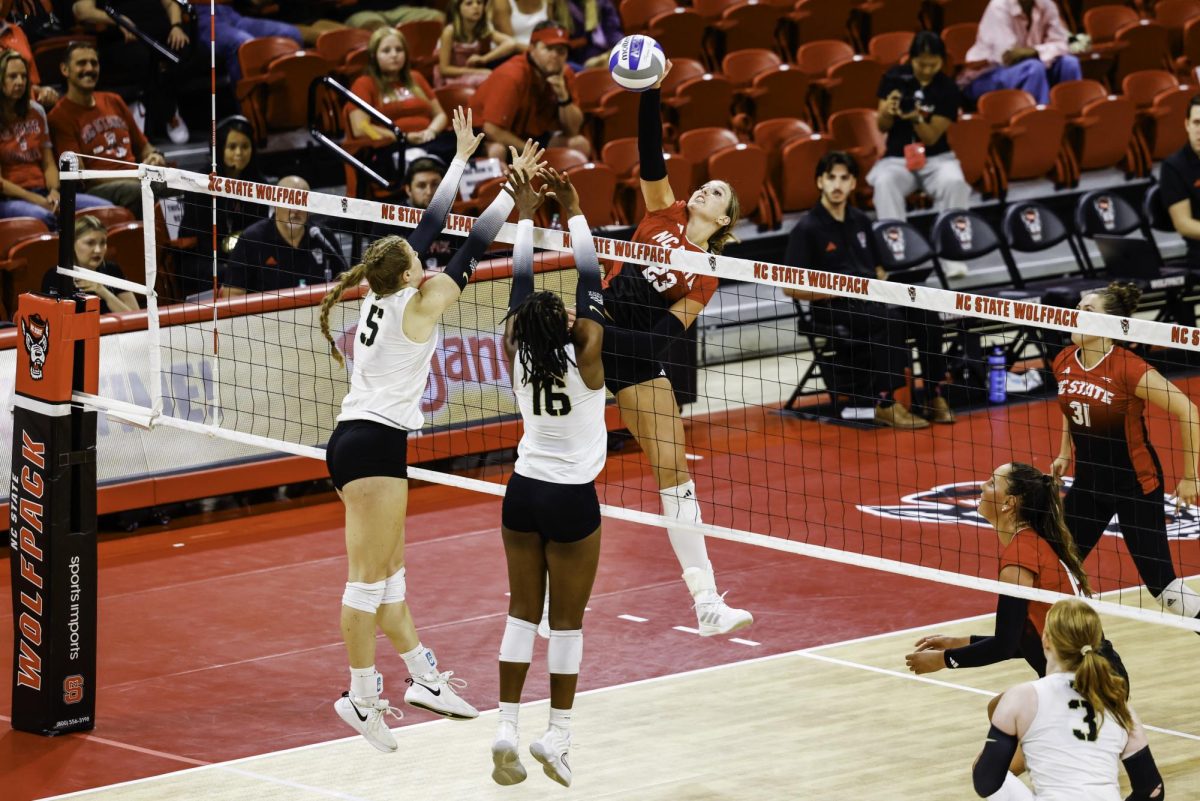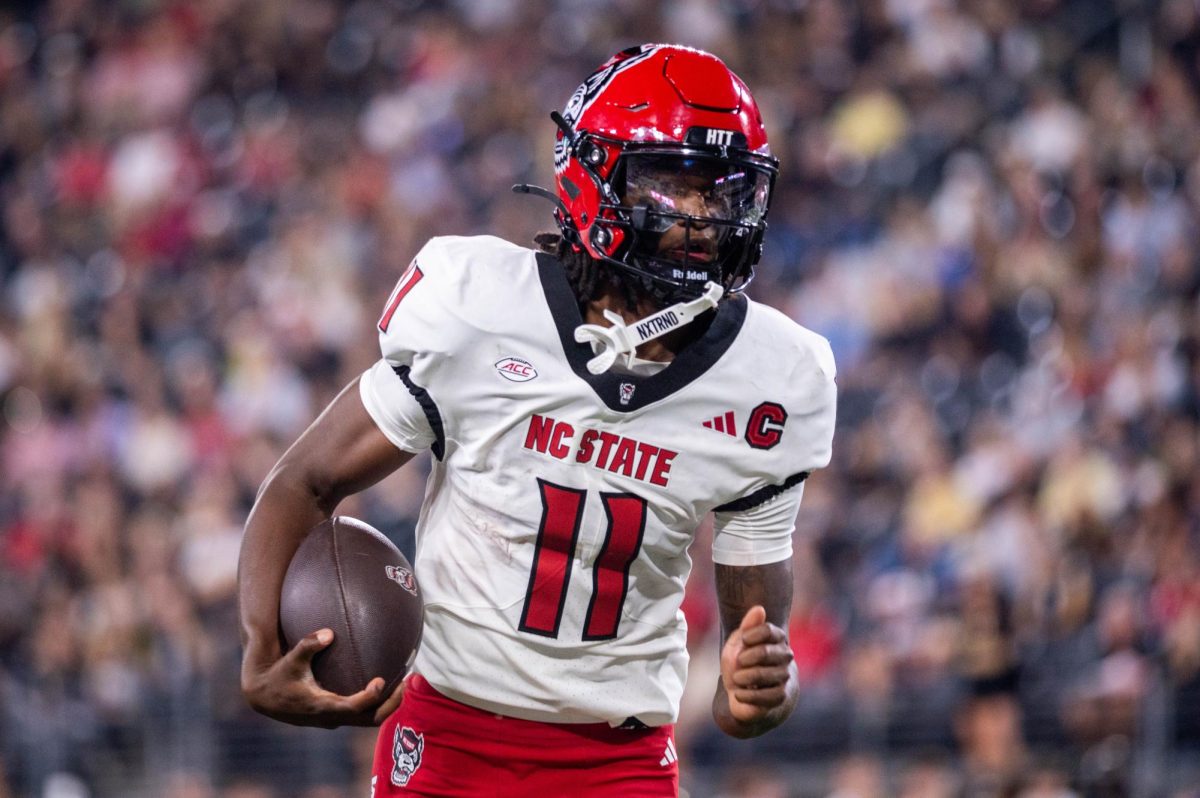For student-athletes, no two days look the same.
“It’s different every day,” said Dr. Ariane Machín, a sport psychologist with NC State Athletics. “Every day is different for each athlete. I feel like it’s a peppering of 20 different things, actually, between lifts and practices and classes and tutoring sessions and mandatory other things, like film, and then last-minute changes. You have to be flexible because there may be some last-minute changes thrown in there. What am I missing? There’s other stuff, I’m sure.”
Those “other things” have a tendency to pile up quickly. Meetings, rehab, nutrition check-ins and the “student” part of “student-athlete” stack onto an already full schedule.
“If they want to meet with us or nutrition,” said wellness coordinator Martika Hubbard, “that’s an extra hour to two hours that they have to build into their week, depending on their major, their labs, or group projects. … I don’t even know how they have time in their days.”
That impossible pace is what makes NC State’s support structure so crucial. To meet that reality, the athletic department has built a network of resources intended to support the whole athlete, not just on game day.
Several NC State student-athletes were contacted for this story, but declined to comment. In their absence, the perspectives of staff who work directly with athletes offer a window into the challenges and support systems shaping daily life.
“I think we do a pretty good job at kind of the holistic approach, which I think just helps them navigate,” Hubbard said. “You have nutrition, who’s helping them fuel so that they have energy and their brains are working. You have us helping them with things like time management and self-care and developing that identity outside of sport, getting them through the academic piece of it, and helping guide them and mentor them on which directions to take.”
Machín described her role as providing a different kind of anchor.
“That’s where we fit into that support structure,” Machín said. “Always having a confidential space outside of their team, outside of their teammates, that they can come talk through whatever they need, and be there to help them figure out how to best navigate. … I hope that we feel like a safe place for them.”
Even with infrastructure and efforts to combat these mental health issues, staff emphasized that the work begins with their perspective of the individuals who walk into their offices.
“It’s easiest for me going into a session just trying to think of them as the human, not the student or the athlete, as much as possible, because that’s where it all has to begin,” Hubbard said. “Sometimes they’re coming in about academics, sometimes it’s athletics and sometimes it’s neither at all. So I think for us in our field, especially, we just approach the human and then whatever the human’s bringing in is where we focus that day.”
That mindset also filters into who NC State recruits.
“Even our coaching staffs,” Hubbard said. “I think they all do a really good job of recruiting people who want both. Yes, they all have huge athletic goals, but I think our school does a really good job of recruiting kids who already see themselves as more than just athletes and put in the time and effort into academics. And I think as a department, we really reinforce that idea: ‘Yes, you’re an athlete and we want that success. But, there’s this whole other part of you that we want to see you accomplish too.’”
The results show up in both numbers and stories. NC State recently tied its all-time high Graduation Success Rate at 92%, with nine teams posting a perfect 100% for the year. It was the 10th straight year the Wolfpack matched or surpassed its best mark.
These graduation rates show that athletes are crossing the finish line academically. But turnover from NIL and the transfer portal means athletes are often starting over socially, pushing staff to reach out in new ways.
“There’s a lot of new faces each year,” Machín said. “Instead of people being here for four and five years, there’s new people almost every single year. That’s changed the way we need to go out and connect with people, and not in an aggressive way, but just to kind of show our faces as supportive people, that we’re here if they need anything.”
Still, even with strong internal support, many of the stressors lie beyond NC State’s control.
“The only limitations, which are outside of any athletic departments’ control, are that we just don’t know what’s coming,” Hubbard said. “Even when we think we do, I feel like it’s been different than what we thought it might look like. I wouldn’t say that any specific department within athletics could do better; we’re just flying by the seat of our pants as we’re learning things, and, in that case, it’s completely uncharted territory. Everyone’s just trying to figure it out the best that they can.”
Machín echoed that uncertainty.
“Every year, there’s a new element of uncertainty, and it gets very draining to say, ‘What’s the surprise this year?’,” Machín said.
For both Machín and Hubbard, what matters most is clearing up the perception of student-athlete life.
“There’s a misconception that our athletes have it easier because they do have a lot of resources and opportunities and all of that,” Hubbard said. “But I think there’s a misunderstanding of all that they have to do in order to have those things. Sometimes, the general student population might think our athletes are getting special treatment or have it easier, and I would definitely push back on that. There is a lot that goes into what they have earned from everything that they put into their athletics.”
Their answers, though different in tone, point to the same reality: the work and sacrifice that make up the foundation of every opportunity a student-athlete gets.
“It’s taken so much to even get to this point,” Machín said. “Sometimes that’s quickly forgotten about, because we’re like, ‘wow, look at this.’ It’s taken a lot of sacrifice from the athlete, from the family, from the family of the athlete, to get to this point in time. And that’s such an accomplishment. It doesn’t just stop here, though. There’s a lot more work that needs to be done. It’s not the stopping point, it’s the continuation point.”
The uncertainty doesn’t vanish just because athletes are resilient. Staff acknowledged that much of what shapes their experience — from roster caps to shifting travel demands — happens far above their heads.
Hubbard put it plainly when she said, “Even when we think we do [know what’s coming], I feel like it’s been different than what we thought it might look like. … Everyone’s just trying to figure it out the best that they can.”
Still, the results suggest something is working. Graduation rates remain strong, and Hubbard shared that, “probably 90% of the time, they reach out first,” underlining the fact that more athletes are choosing to step into counseling offices rather than wait until stress peaks. That shift is subtle but telling: support systems aren’t just in place, they’re being used.
The lesson, staff argue, is to see the person before the stats. Sometimes they’re coming in for neither athletics nor academics, but those areas are still impacted. Building systems around the human behind the uniform is what gives NC State’s model its power.
That human-centered approach weaves through the athletic department, from nutrition to training to leadership programs. Even recruiting reinforces the idea that being “more than an athlete” matters.
Machín summed it up: the goal is to make NC State feel like a safe place when the rest of college sports feels unpredictable.
The result is a grind that remains invisible to most. The lifts, the classes and the trips to California in an expanded ACC, each piece adds weight to the puzzle. What may look like privilege from the outside is the product of sacrifice and effort, carried out in an environment that is anything but certain.

